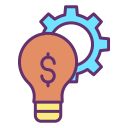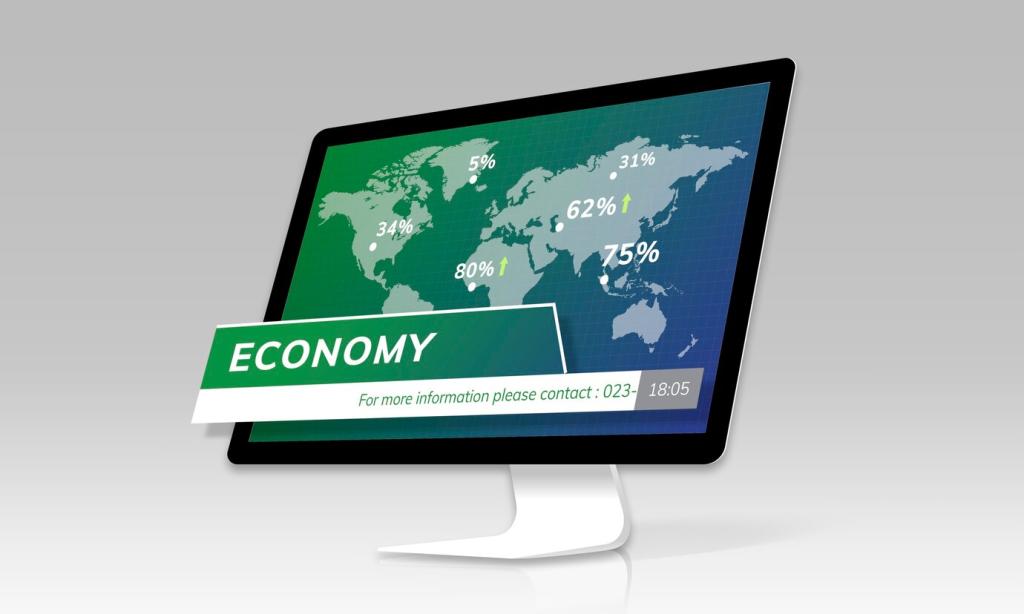Automation Without Abdication
Set conditional transfers: when checking exceeds a comfort threshold, sweep surplus to high-yield savings or a brokerage account. Layer goals—emergencies first, then vacations, then long-term investing—so every dollar gets a job without constant manual policing.
Automation Without Abdication
Tech can watch asset weights continuously and nudge trades within your bands. This guards against emotional timing while curbing taxes with thresholds and lots. You choose the policy; the system quietly enforces discipline when emotions run loud.










